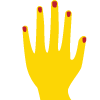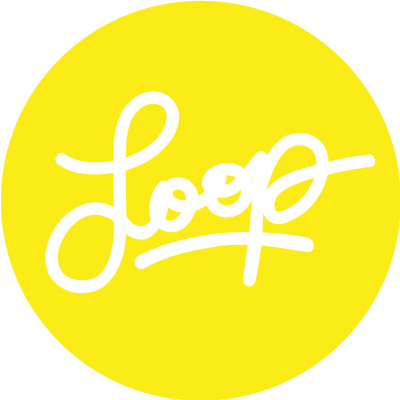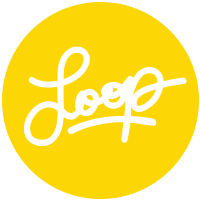Women in Design: The Juggle Is Real
A Panel Discussion presented by the ADCC
By Emma Steele | March 15, 2019
Held at Toronto’s Arts & Letters Club just north of Dundas Square, the Advertising & Design Club of Canada’s “Women in Design – A Panel Discussion” took place just forty-eight hours before International Women’s Day. The room was sold out and the audience was almost exclusively women – graphic design students, junior designers just starting out in the industry, and some more senior designers & art directors representing their agencies or studios – all eager to hear from the featured panelists who have each made waves in the Toronto design scene. As the company’s newest graphic designer, I was thrilled to be representing Loop at this event and thought I’d share some of my favourite takeaways and moments from the evening.
The event got off to a poignant start as moderator Lyranda Martin Evans (DentsuBos) informed the audience that this panel was taking place in a building that didn’t actually allow women inside until 1985. With this knowledge, the room suddenly held a different energy – the dark wood panelling, thick green curtains and tall ornamented windows now seemed more austere and masculine, juxtaposed with all the confident, well-dressed women holding their wine and ready for an evening of sharing and listening that centered around the female experience. It was a jarring reminder that some of the progress surrounding gender equality we take for granted today has been made more recently than we care to remember.
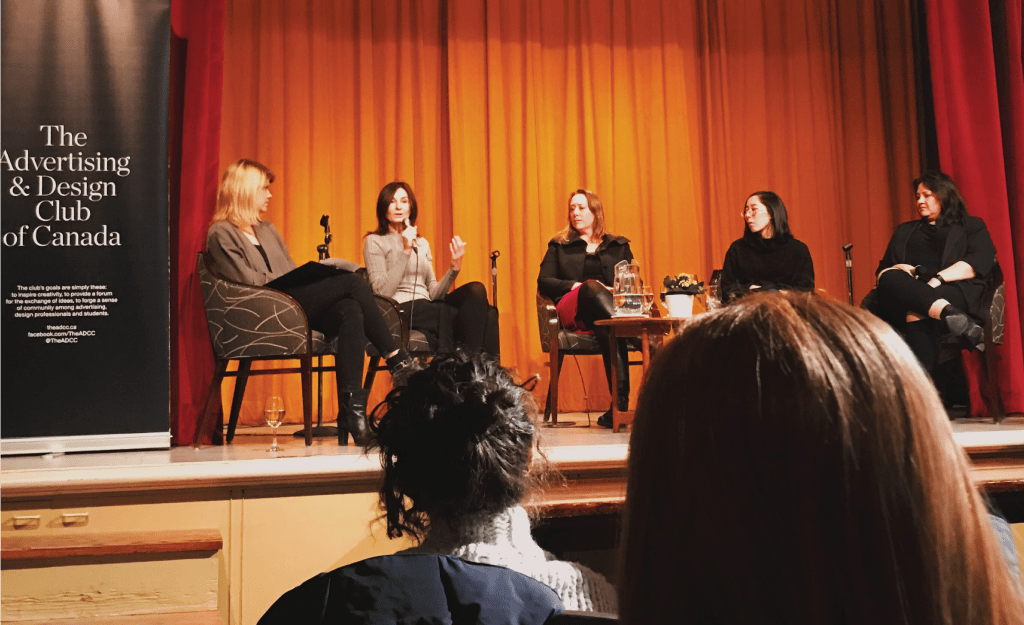
The panelists – Vanessa Eckstein (Blok Design), Sarah Tranum (OCADU), Emily Tu (formerly Tung), Vanessa Wyse (Studio Wyse) – wasted no time in getting to the meat of questions, discussing their different career paths, design specialties and business experience with animation and honesty. What struck me most about this part of the discussion was how differently each woman approached the questions and how varied the answers were. Even in the relatively small faction of senior female designers in Toronto, no two women took even a similar route to get to where they are now.
Occasionally, the panelists would even disagree (always with respect) particularly where business was concerned. Vanessa Eckstein found great success in diversifying her practice and pursuing whatever type of design she felt passionate about at the time, while Vanessa Wyse’s career has derived from an intense focus on print and layout design. Some panelists wanted us to know the pitfalls of running your own practice or studio, and others could not emphasize enough how freeing working for yourself can be. The result was a kaleidoscope of experiences and advice – an important reminder that to put all women into the same category or box is incredibly disadvantageous. To simply add one woman to your team or discussion and feel that you have “covered a base” or have the full scope of the female experience on your side is a naive notion because every woman has something truly unique to offer.
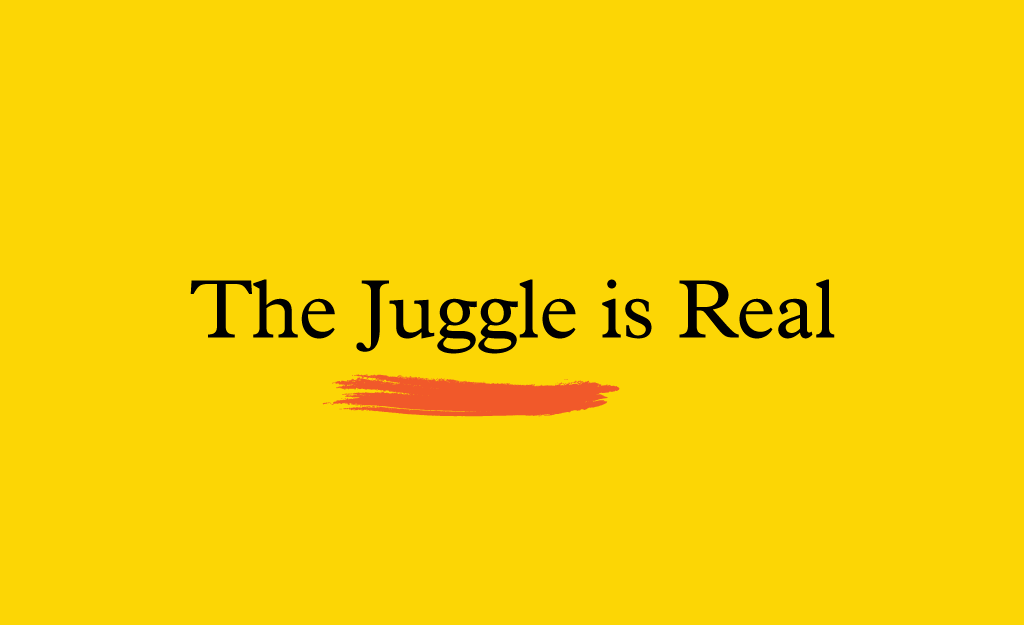
In other areas, however, the panelists were in complete agreement. When discussing family and motherhood, the conversation quickly became a “comrades-in-arms” style discussion with mothers of two Eckstein and Wyse empathizing with new mom Emily Tu, and everyone sharing stories about times when they (lovingly) sacrificed career for family. The consensus: as a working woman, “the juggle is real.” The other unanimous area of discussion concerned what female designers bring to the table on a regular basis. “Empathy over ego” was how someone very eloquently put it (although I can’t remember who!) – often times, women have an innate ability to listen and approach problems with a learned compassion and insight, instead of assuming they know and understand everything right off the bat.
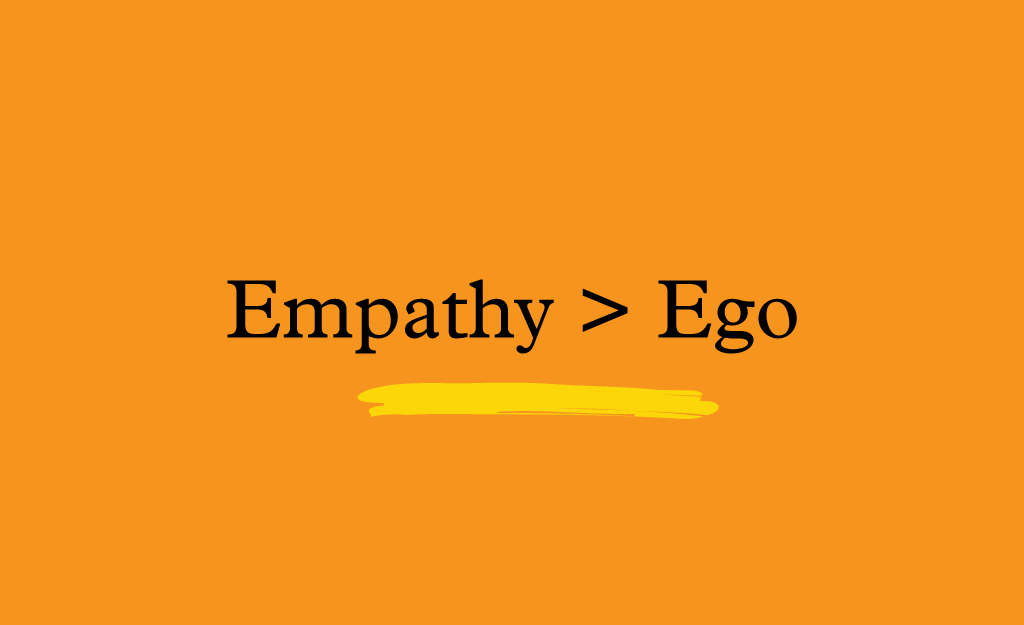
As graphic designers and problems solvers – particularly in the world of design for social good – the notion of “empathy over ego” is such an invaluable one. Listening carefully to clients is imperative, as is never assuming that you already know exactly what their needs are. Social good projects often come with challenges and sensitivities that inform design in almost every way, and to let your ego get in the way of that information is to do a disservice to your end users. I am very proud to be a woman in this industry, and equally proud to be putting my skills to work at a Toronto agency with a special focus on social impact design.
At Loop, we know that women can and are changing the world, and we’re incredibly honoured to work with a family of women-centered organizations doing just that.
